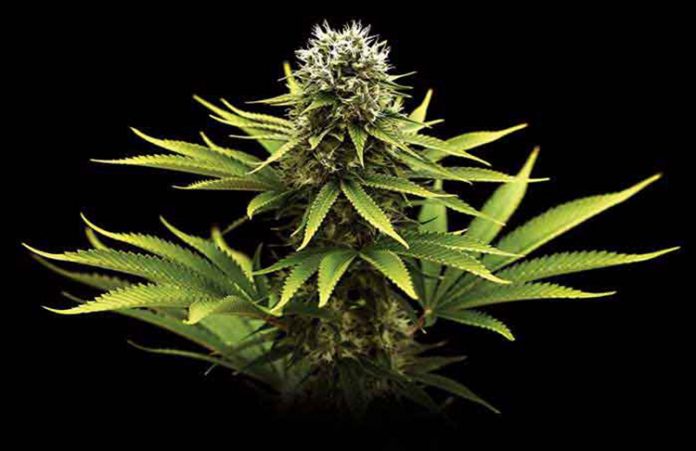Researchers have been reporting increasing evidence of cannabis-based products’ ability to alleviate pain and treatment other conditions.
This has led to a special issue of the European Journal of Internal Medicine in which scientists call for cannabis-based treatments to be added to modern medicine’s arsenal. They contend that the treatments would be particularly helpful to people living with chronic pain or fibromyalgia.
“We feel it is absolutely imperative to not only present the current state of affairs, but also propose the development of the scientific research program within the paradigm of evidence-based medicine,” Professor Victor Novack, the guest editor of the special issue, said in a press release.
Medical cannabis has been a controversial topic. While the plant has been used for centuries in pain relief, as a sleep aid and for other medical purposes, those urging caution say the risk of cannabinoids may outweigh the benefits.
The problem is there is little evidence on its safety and effectiveness, both sides agree. A key reason is legal restrictions on its use until recently. These cubs have hampered research and led to many doctors having little understanding of its use.
But signs of change are emerging. Since 2012, there has been an explosion in the number of studies on the topic.
The special issue includes important conclusions on the use of cannabis in cancer and chronic pain patients, and the elderly. The issue also includes an extensive overview of regulations governing medical cannabis evidence, the ethics of such research, and the practical use of the findings.
One of the studies, led by Novack and his colleagues at Ben-Gurion University of the Negev in Israel, concluded that cannabis alleviates pain and improves sleep.
The study analyzed data collecting during the medical cannabis treatment of 2,970 cancer patients between 2015 and 2017. At the time, patients had two major concerns: pain and difficulty sleeping. Ninety-six percent of patients reported improvements with medical cannabis.
The team also looked at medical cannabis’ ability to help elderly patients who were treated between 2015 and 2017 for a number of health problems, including pain and cancer.
“Our study finds that the therapeutic use of cannabis is safe and efficacious in the elderly population. Cannabis use may decrease the use of other prescription medicines, including opioids. Gathering more evidence-based data, including data from double-blind, randomized-controlled trials, in this special population is imperative,” they wrote.
The study was titled “Prospective analysis of safety and efficacy of medical cannabis in large unselected population of patients with cancer.”
Another piece highlighted in the special issue was Donald Abrams’ review of “The Health Effects of Cannabis and Cannabinoids,” a report published by the National Academies of Sciences, Engineering and Medicine (NASEM).
It looked at 10,000 scientific abstracts and concluded that cannabis, or cannabinoids, were an effective pain treatment.
Abrams’ review of the report was titled “The therapeutic effects of Cannabis and cannabinoids: An update from the National Academies of Sciences, Engineering and Medicine report.”
Abrams stressed that the 2017 NASEM report concluded that there was evidence to support the therapeutic effect of cannabinoids in a number of conditions, even though most evidence was related to pharmaceutical cannabinoids like dronabinol, nabilone and nabiximols.
While NASEM recommended that committees be formed to address research gaps and barriers, Abrams reminded readers that an absence of evidence did not necessarily mean an absence of effectiveness. He called on researchers to follow NASEM’s recommendations and conduct additional trials that could better inform physicians treating people who might benefit from cannabis-based products.
A third article in the special edition was aimed at helping doctors understand cannabis pharmacology. The authors wrote it because they believe the misconceptions surrounding the topic not only affect how many studies are being conducted but also raise ethical issues about prescribing cannabis-based products.
Titled “Practical considerations in medical cannabis administration and dosing,” the study was led by researchers at the University of British Columbia in Canada and International Cannabis and Cannabinoids Institute in Prague, the Czech Republic.
“We hope that [this special issue] will provide physicians with a contemporary summary of different aspects related to the medical cannabis and guide the choice of an appropriate for the indications where the evidence is sufficient to initiate the treatment. We also hope the articles will facilitate the conversation on the future of medical cannabis research and its accommodation into mainstream medicine,” Novack said.
Other articles in the special issue include “Medical use of cannabis and cannabinoids containing products – Regulations in Europe and North America,” “Ethical issues in medical cannabis use,” and “Cannabinoids and cancer pain: A new hope or a false dawn?”














